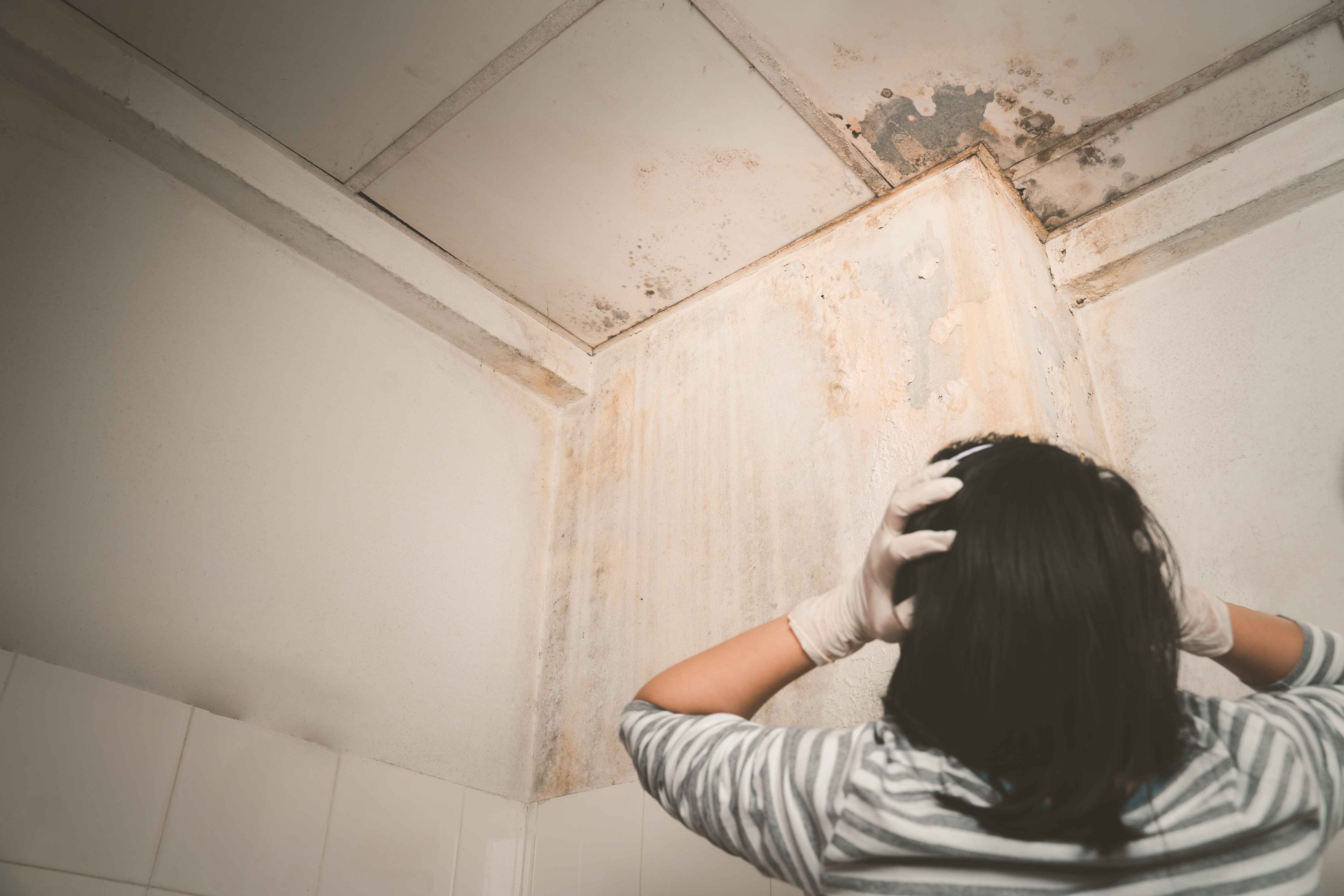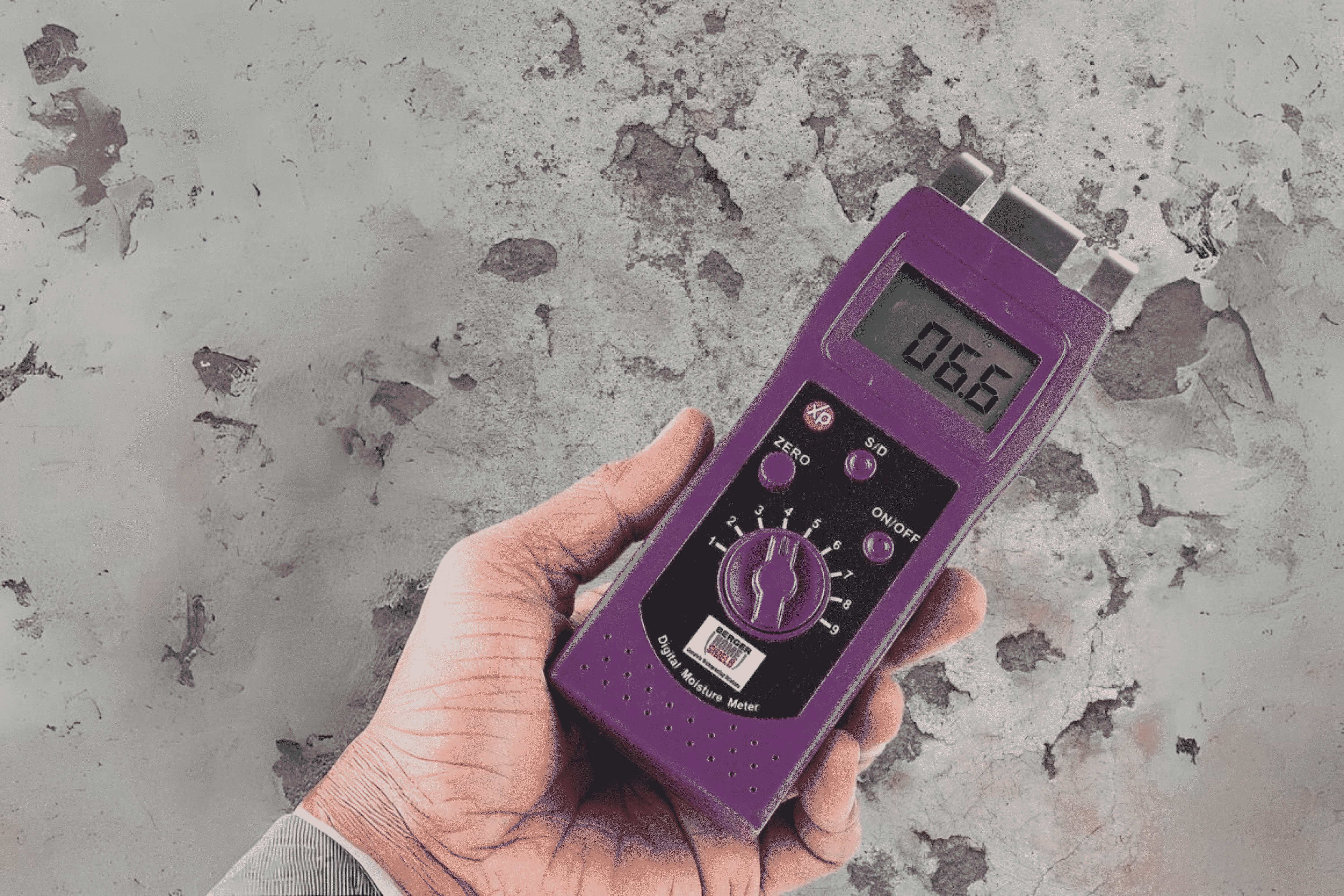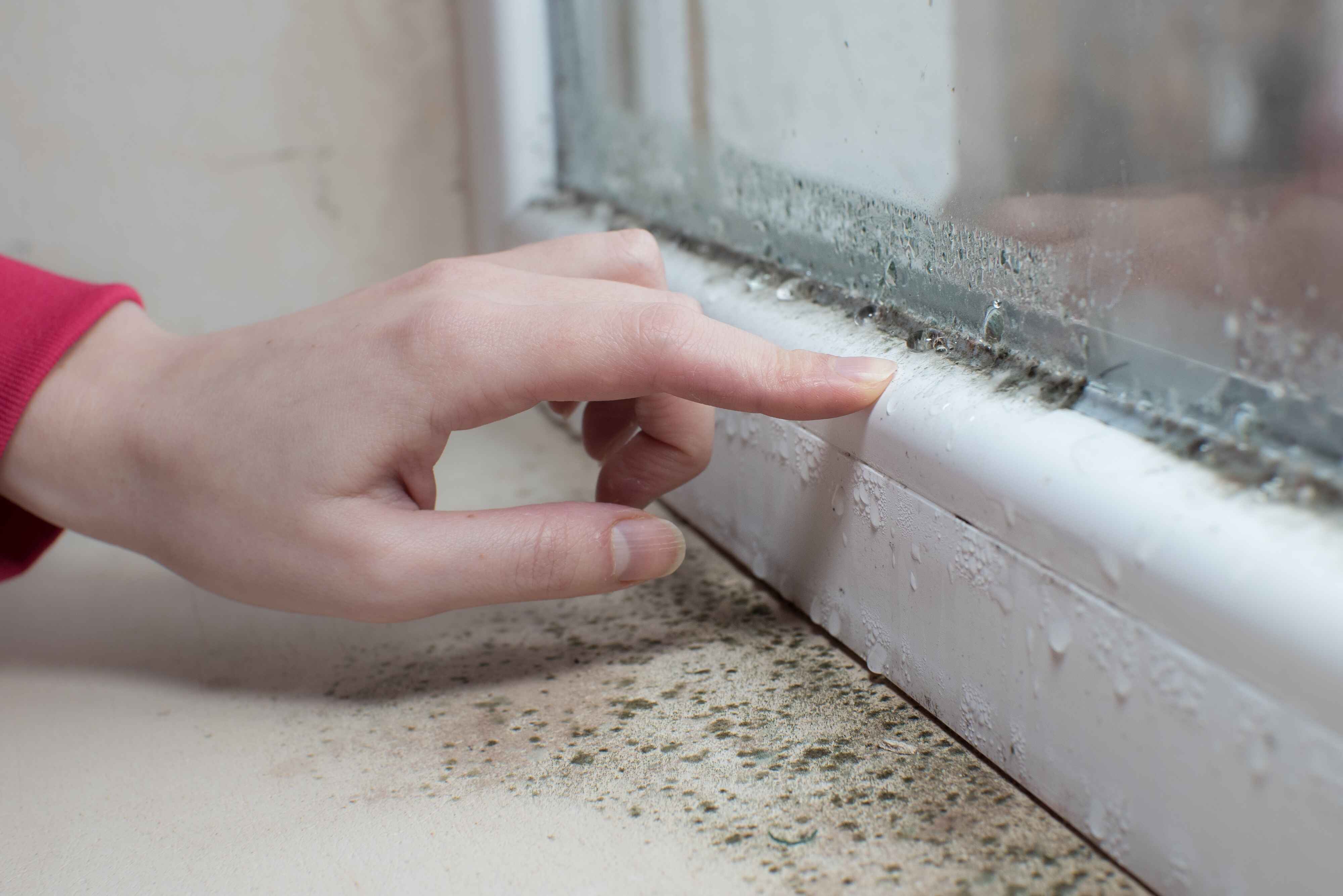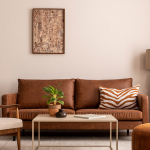
Not only is wall damping in your home ugly, but it also presents hazards to your safety and possessions. Finding wall dampness in your house can be upsetting, but you can overcome this recurring problem by learning the causes, symptoms, and solutions. We’ll learn about the reasons behind moisture in this blog and how Berger can help combat it to keep your home looking new!
Causes of Damp Walls
Signs and symptoms
Water stains, flaking paint, mould development, musty odours, or an overall feeling of wall dampness are some of the symptoms of damp walls. Water dampness and seepage from leaks, insufficient ventilation, condensation, or rising dampness from groundwater infiltration are common causes of these symptoms. To properly treat moisture and maintain the integrity of your living environment, you must recognize these signs and comprehend the underlying causes.
Consequences of Damp Walls
The effects of wall damping are dangerous and go beyond aesthetics. Unchecked moisture can damage walls, ceilings, and foundations by causing structural deterioration. It also fosters a climate that is favourable to the growth of mould and mildew, which increases the health risk. Moisture problems must be addressed quickly to stop more damage and protect the building and its occupants.
3 Steps Solution
Moisture Meter

To measure moisture content precisely, use Berger’s moisture meter. With the use of this equipment, it is possible to accurately identify the impacted regions and provide targeted treatments for efficient damp proofing.
Waterproof Putty
To stop water from seeping through gaps and crevices, cover them using waterproof putty and waterproof paint for the wall. By strengthening barriers against moisture, this process of wall waterproofing prevents additional moisture intrusion.
Seal-O-Prime
Apply a layer of superior primer Seal-O-Prime to form a shield. This primer fortifies walls and improves paint adherence, offering increased moisture resistance.
Advantages of Damp Proofing
Prevent Health Issues
Mold and mildew thrive in damp walls, which can lead to allergies, respiratory disorders, and other health concerns. You can get rid of these risks by dealing with dampness as soon as possible by employing efficient damp-proofing techniques, like caulking gaps and applying primers resistant to moisture. This proactive strategy ensures the long-term safety and well-being of tenants by preventing health issues and fostering a better indoor environment.
Avoid Unpleasant Smells
Musty smells that never go away from wet walls can seep into the entire house and make it feel unpleasant. Damp-proofing techniques, such as caulking gaps and using moisture-resistant materials like primers and waterproof putty, successfully get rid of these odours. These solutions improve overall comfort and well-being by addressing the underlying cause of moisture and improving the appearance of the living space while also guaranteeing a fresher and more pleasant atmosphere for occupants.
Prevent Structural Problems in Your Building

A building’s structural integrity is seriously at risk from wall moisture. Unchecked moisture can cause serious structural problems, such as deterioration, material deterioration, and even possible foundation damage. The structure is strengthened against these dangers by using efficient damp-proofing techniques including caulking cracks, applying moisture-resistant primers like Seal-O-Prime, waterproofing for walls and using waterproofing paint for interior walls. Over time, these techniques ensure the building’s stability and durability, preventing potential structural issues.
Conclusion
Beyond aesthetics, treating damp walls is an essential part of keeping a safe, structurally sound house. Protection against structural damage and health risks is ensured by identifying symptoms, comprehending causes, and using efficient damp-proofing solutions like moisture meters, waterproof putty, and Seal-O-Prime. Adopting preventative measures guarantees longevity and well-being for years to come by protecting your property and fostering a safer, more comfortable living environment.
FAQs
What is Damp Proofing?
The process of protecting structures against moisture intrusion in order to stop structural damage and health risks brought on by dampness is known as “damp proofing.”
How Does Dampness Arise?
Leaks, inadequate ventilation, condensation, and rising damp from groundwater seeping into structures are some of the causes of dampness.
What does damp proofing do?
By strengthening buildings against moisture intrusion, damp proofing helps to avoid problems like mould growth, structural deterioration, and health risks related to dampness in buildings.
What is the best method of damp proofing?
The optimal technique for damp proofing relies on the particular cause and degree of wetness, however waterproofing, sealing, and moisture-resistant treatments are frequently useful options.
Which putty is best for damp walls?
Selecting a waterproof putty that is specially made for damp walls and has good moisture resistance and sealing qualities is advised.

 Get in Touch
Get in Touch